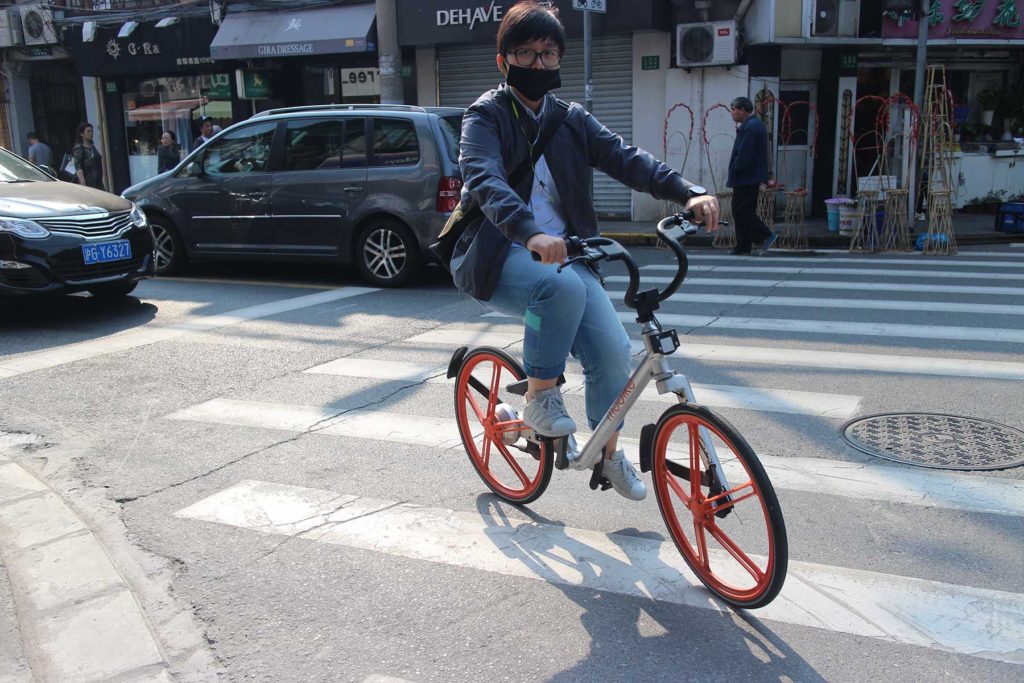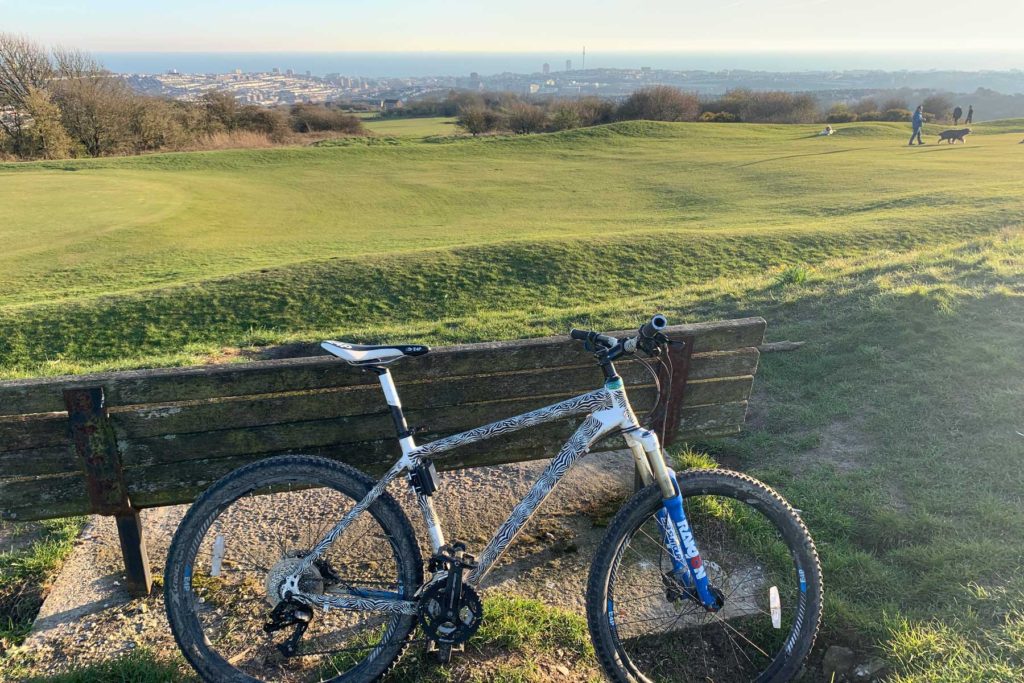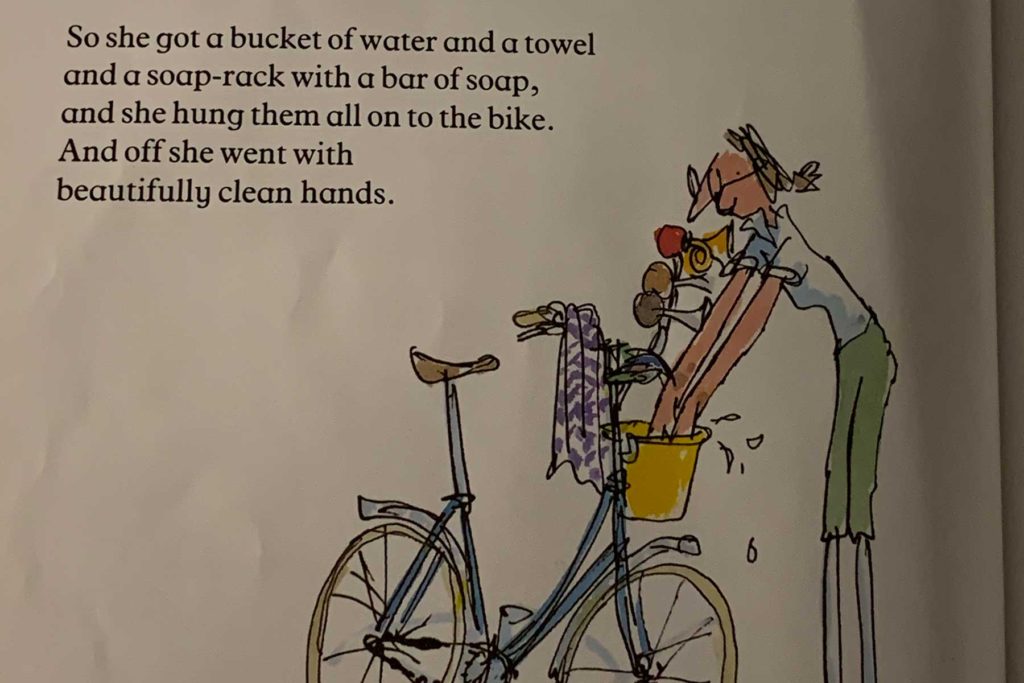Cycling sensibly during a pandemic
Some countries have banned recreational cycling altogether, but in Britain, it’s still considered safe as your ‘one a day’ exercise.
The consensus is that exercise is good for your immune system, so long as you don’t suddenly increase the intensity. And because you get further, quicker, you can evade other germy humans easily without having to touch anything except your bike.
This is a personal guide, based on my own personal experience, and a bit of desk research: no face to face interviews, but I've included links as relevant.
I should add, that I'm a relatively experienced and confident cyclist. I ride a road bike, mountain bike, and a Brompton, and I’ve cycled extensively on all road types in Britain, including thousands as a London commuter.
I’ve also ridden sensible bikes in places as diverse as the Rift Valley, the High Andes, the Caribbean Coast Tokyo, and Shanghai, where cycling with a mask was common in 2018.
I’m not affiliated with any group, nor sadly sponsored by any cycling team. Open to offers.

1) Change your routes
Personally, I’m avoiding longer hardcore twisty descents for a while. There are a couple of roads I’m avoiding. There’s some interesting data and maps around on this topic, but it seems that after urban areas and T junctions, twisty turny descents where people lose control can cause accidents.
2) Watch out for faster traffic
The biggest killer of cyclists on the roads is motor vehicles, and there are fewer of them on the roads at the moment. This might make it safer, although anecdotally it seems that people are driving faster. And there are fewer bicycles: so people see them less. It’s the gorilla basketball thing. So watch out for roads where traffic is likely to be fast, and…
3) Pretend you are invisible, and learn to anticipate
This is my biggest advice to new cyclists: act like drivers haven’t seen you. I think that bright colours and lights are obviously helpful. I would have those who cycle lightless at night flogged. But if drivers don’t use their mirrors as they turn - and when you cycle long enough, you start to notice that many don’t – it doesn’t matter.
4) Crunch the data
How do people die on bicycles? It’s often not what people think; in cities this might mean vehicles turning left, and larger vehicles with blind spots. In the countryside there might be certain famous stretches of road that narrows into traffic, or where people get so much speed they can’t stop.
Put your postcode into Crashmap for more details, and report accidents there. Bigger SUV-style vehicles, smartphone use, and alcohol are all factors. There's lots of conflicting information out there, so be prepared to do some research. And you might have to:
5) Change your style
Sensibly the big mountain bike trails are closed; frustrating in this glorious weather, but it’s not just the infection potential: it’s obvious that downhill mountain biking carries more risks than trundling slowly along. Personally, I’m still taking the mountain bike out, but I’m doing it slowly and noticing birdsong. Fast, sporty road cycling is clearly more dangerous going slow.
Incidentally, there are lots of people who will tell you that cycling aggressively and taking a high line in the road is safer; and others who advocate a more reactive and cautious approach. I haven’t seen convincing data either way. Personally, I got more assertive the more years I rode.

6) Perform the usual cross checks
One eyewitness account describes an apparent brake failure* in the death of cyclist in Honister Pass on 21 March, 2020.
Sustrans recommends performing a few checks before you head out. I'm bringing a maintenance kit, even on shorter rides.
Note that many bicycle shops are staying open, and others are closing; currently several are delivering as normal, and there’s a wide range of videos, with differing levels of production values, so you can do your own repairs.
7) Watch out for pedestrians
There had been a focus on dangerous cycling in recent years, even though approximately 99.5% of those killed on the roads are hit by motor vehicles. Obviously a single death is too many, so remember how invisible you are to pedestrians. People step out without looking when they can’t hear you, particularly in places like central London, with one way systems and pedestrians who may instinctively look the wrong way. Learn to read the body language and anticipate. Use your bell or shout, whichever happens first. I’ve got many dirty looks for shouting at people about to walk into my path…
8) Don’t cycle on the pavement
As well as being against the law in most countries (Japan being a noticeable exception) it annoys other pavement users, who have the right to walk, walk slowly, walk their dog/toddler, and stop suddenly without causing a usually minor accident.
Be courteous anyway: lots of reports of rude joggers not yielding. Which means...
9) Use common sense
This one’s hard for some people. I went for a ride yesterday and there was a guy on a cross country motorbike going top speed on a bridleway. Don't be that guy. Shared paths should mean common sense, courtesy, and slowing down. Personally I say hello to people, and compliment people on their dogs, it seems to cheer them up; don’t ride if you are ill; don’t ride in a group; and if you must use a Boris Bike, the advice it to wipe it down. I would not be seen dead on a Boris bike.
10) Wear a helmet… maybe?
Leaving the most controversial till last….it’s a divisive issues because in so far as it’s possible to compare accident data, the countries where people don’t wear helmets are those where it is safest to cycle. It turns out that wearing normal clothes instead of Lycra costumes, and riding a sensible utility bicycle slowly, on dedicated cycle lanes in places where drivers yield to cyclists makes the activity much safer than pretending you are Chris Froome in traffic.
It’s a heated debate which has rumbled on for years in the cycling media.
I’ve got a foot in both camps; I've ridden on the informal cycle paths of the coral beach in Zanzibar, I think you could cycle for ever and not see a helmet, nor would you ever feel it useful. They are a novelty in Copenhagen too.
Personally, if I’m cycling slowly to the shops, I don’t normally wear a helmet when walking, driving or cycling. I focus my energy on not landing on my head. It’s been successful for decades. But I wear a helmet mountain biking, or going fast on a road bike. Currently?
I’m wearing a helmet, just in case. I think the worst thing you could do now would be to cause a strain on the NHS.
Please add to the list: tell me if I'm wrong, and share if I'm right.
PS - Sorry to plug my book, but I’m a freelancer whose sources of income have dried up lately.
The second edition Kindle version of the Bicycle Clip Diaries – which fixes a couple of typos – is available on Amazon for 1.99p from this evening. The print version is £12.99 plus UK postage from this website. Indie-published by me.
Free to NHS, bike shop workers, etc, naturally, please contact me via Twitter if this is you. Limited to three copies per person.
It's about lugging, loss, adventure and sensible bicycles around the world.

